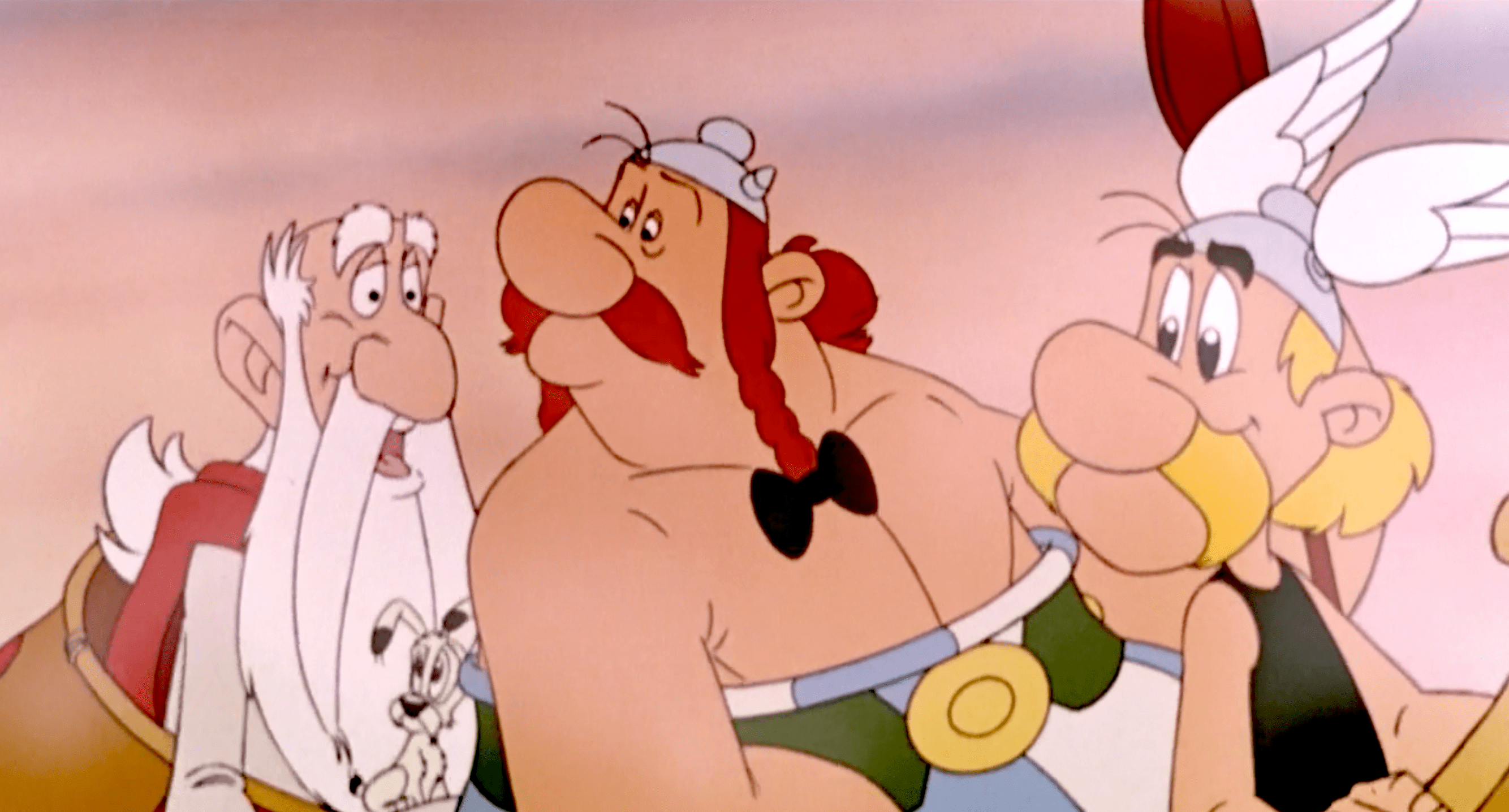
L'Age d’Or is credited to Luis Buñuel and Salvador Dalí, but apparently it was mostly Buñuel’s production. Dalí was too busy becoming a hollow self-parody. Regardless, L'Age d’Or is the second collaboration between the two men. Un Chien Andalou was released in 1929, and although it was more intense and upsetting than L'Age d’Or, Un Chien Andalou caused far less trouble. Much to the confusion of Dalí and Buñuel, Un Chien Andalou was quite popular. L'Age d'Or came out only a year later, and was not only far less popular, but was also attacked by a variety of groups, including the fascist Ligue des Patriotes, as well as the French government.

L'Age d’Or is less radical in its structure and presentation. There is a discernible narrative, semi-conventional dialogue, and some amount of linear logic to most of the imagery. The fact that L'Age d’Or couches its surrealism inside a slightly more conventional narrative provides the surreal images with a kind of straight-man. When someone is killed, it is not just another shock in a line of shocking imagery, it is more disruptive. We are lulled into the ordinary, and then smacked in the face with something bizarre or horrible.

Both films are disturbing, but Un Chien Andalou’s strength is in its completely radical treatment of the medium and a willingness to push imagery and editing to an extreme. L’Age d’Or’s strength lies in its ability to produce something unnerving. If Un Chien Andalou is a nightmare, then L’Age d'Or is more of a disturbing dream. We the audience watch the images surface, and we weave them into a narrative.
Films are well-fitted to representing dreams. We watch films in the dark and lose track of our corporal selves. We physically react to frightening or exciting images as if they are real. We attach our emotions to the characters, and we look for meaning behind the narrative.

L’Age d’Or reminds us that we are observers. The film is full of images of people watching and staring. The characters often exhibit a sense of amazement and confusion, reflecting back what the audience feels.
Watching L’Age d’Or, we blur the lines between reality and dream. Seeing is believing, and so the images feel real, but then they are eerily invaded by things that seem incongruous or shocking. Most of what we see in L’Age d’Or is technically possible. A man really could set a Christmas tree on fire and throw it out his window, but it is the shocking strangeness of such things that unnerves us and destabilizes our confidence in our normal lived experience.
L’Age d’Or is primarily a socio-political film designed to attack bourgeois values. It targets religion, sexual mores, class, and government structures. The content of the message is important, but it’s the method of attack that is most interesting. Buñuel and Dalí do not rail against sexual repression or class oppression directly. They tear off the polite facade that society so carefully maintains, and reveal the violent and primitive forces at work underneath. It is not simply our individual subconscious that they reveal through dream images, but the collective societal sub-structure and unspoken ideologies that are revealed.
It is as if our culture had a waking life that we recognize and appreciate, but it also had a dream life where its values and motivations surface symbolically. Watching L’Age d’Or, we have the eerie sense that what looks like reality can be suddenly and randomly interrupted by the unexpected intrusion of deeper subconscious currents.
The fact that Un Chien Andalou did not cause what Buñuel and Dalí thought would be a violent outcry, and L’Age d’Or did, had less to do with the films and more to do with the audience. If the Ligue des Patriotes had not gone to see L’Age d’Or and then tried to tear down the theater, the film would have most likely run without incident. I can imagine Buñuel and Dalí were at least partially pleased to get the reaction they were looking for. The general public ended up being more savvy than they had anticipated, but you can always count on people who call themselves "patriots'' to stage a violent outcry of ignorant indignation.

If you enjoyed this article you might also enjoy this - https://filmofileshideout.com/archives/daniele-cipri-and-franco-marescos-fascinating-film-toto-who-lived-twice/



